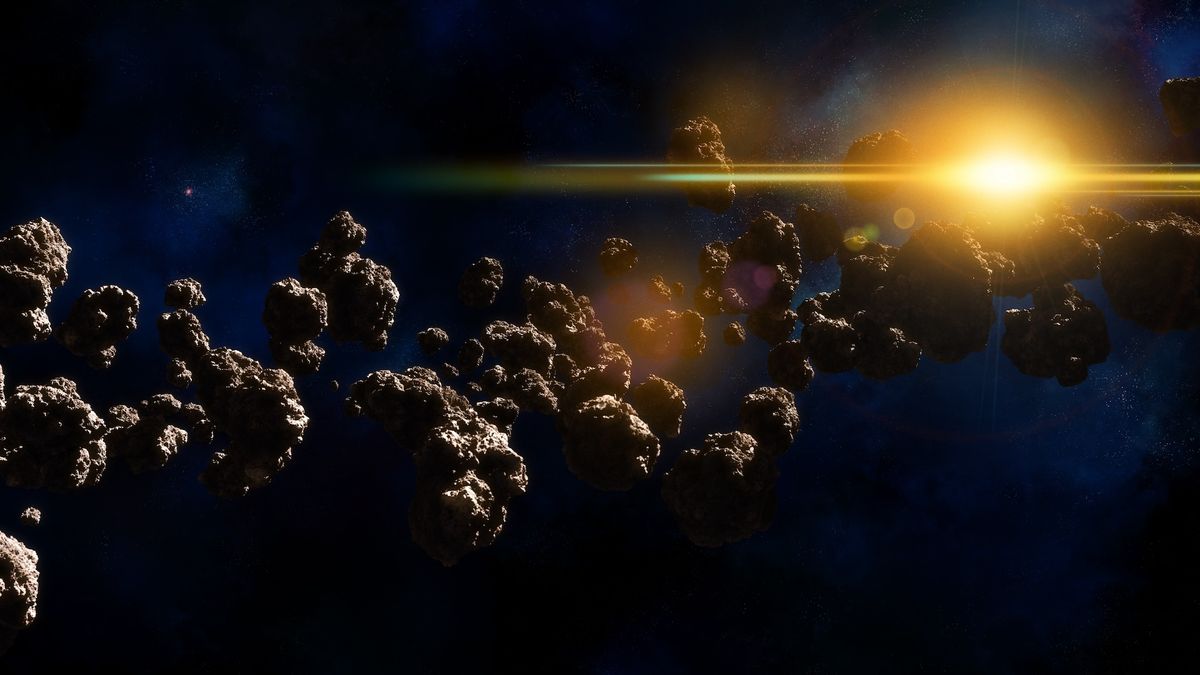A cat-like exploration robot could one day scramble over the surface of asteroids using a unique movement system designed to keep it in motion even in the most extreme conditions.
Scientists designed the robot’s movement program using a reinforcement learning artificial intelligence (AI) model, meaning it can adapt its movement to best suit the environment in which it is currently placed. This will allow the robot to move dexterously in low-gravity scenarios for which traditional quadruped robots would be unsuitable.
When you’re hurtling through space on the side of an asteroid, even a small misstep could cause serious damage — or even leave you stranded in space, drifting away from the rock itself.
Each time the robot jumps in a low-gravity scenario, however, it will float through the air for at least several seconds, reported the South China Morning Post (SCMP). It is unclear in which academic journal the scientists published their work.
Related: Drones could use ‘robotic cat’s eyes’ to track targets more precisely than ever before
While suspended in midair, minute movements in the legs of conventional robots programmed to stabilize themselves in Earth’s gravity could create a gyroscopic effect that would rotate the robot and prevent it from safely landing.
To fix this issue, researchers at Harbin Institute of Technology used iterative AI training to design a program that could use all four legs in tandem to precisely control its orientation throughout jumps. It is unclear in which academic journal the scientists published their work.
If deployed, the robot could become the first device of its kind to map the surface of asteroids in our solar system, the scientists said.
Although humanity has been landing probes on asteroids since NASA’s NEAR Shoemaker program in 2001, these static craft have sought imagery and sensor readings by orbiting asteroids before landing on them to collect samples and take further images.
Once on the asteroid, however, they cannot move across the surface — unlike this proposed robot. This cat-inspired robot is also incredibly energy-efficient, SCMP reported, suiting it well for work in space, where it would likely operate for hours with no opportunity to charge its batteries..


